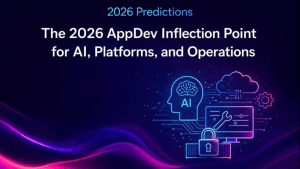The News
ProsperOps has introduced a new KPI, Effective Avoidance Rate (EAR), to complement its existing Effective Savings Rate (ESR) metric. EAR aims to quantify the return on investment (ROI) of workload optimization strategies in public cloud environments.
To read more, visit the original blog post here.
Analysis
With organizations seeking more transparent, outcome-oriented measures to assess the value of cloud cost optimization, we’re seeing big shifts in the market. Traditionally, FinOps practitioners focused on metrics like discount coverage and utilization, useful but inherently input-oriented.
ProsperOps disrupted this in 2019 by launching Effective Savings Rate (ESR), a KPI that expresses rate optimization ROI in concrete financial terms. With cost optimization now expanding to include workload strategies, the introduction of EAR arrives at a moment when application developers and FinOps professionals alike are demanding deeper visibility into total cloud savings outcomes. As we have noted, modern cloud economics must account for the full lifecycle of optimization, not just upfront discounts.
Bridging the FinOps Measurement Gap
With EAR, ProsperOps shifts the FinOps conversation beyond rate savings toward a more comprehensive view of workload-driven cost efficiency. This is particularly impactful as public cloud usage matures and teams adopt more dynamic optimization tactics, such as workload scheduling, resizing, or deletion. EAR mirrors ESR in structure, comparing avoided costs to what would have been spent without intervention. By doing so, it aims to give developers a clear, repeatable formula for justifying resource optimization decisions, making it easier to align technical performance with financial outcomes. This dual-metric framework may influence future FinOps tooling standards, especially as AI and automation enhance the feasibility of dynamic workload optimization.
The Developer’s Cost Optimization Toolkit Before EAR
Historically, developers attempting to reduce cloud costs leaned heavily on reactive strategies like manual de-provisioning or ad hoc instance resizing. While tools for rightsizing and scheduler-based shutdowns existed, their financial impact was difficult to prove without standardized metrics. Rate optimization, in contrast, benefited from established financial modeling through discount programs like Reserved Instances and Savings Plans, making ROI more visible to finance teams. The lack of a workload optimization equivalent to ESR meant these efforts often went underappreciated or undocumented in broader cost analyses.
Future-Proofing Optimization with EAR
By introducing EAR, ProsperOps could be creating the foundation for a standardized, repeatable framework that developers and FinOps teams can use to measure and benchmark workload optimization across cloud environments. Though calculating EAR introduces challenges, such as assumptions around resource lifespans or overlapping discount coverage, the concept encourages more rigorous measurement and hypothesis-based optimization. As the FinOps community refines its practices, KPIs like EAR could become foundational elements of optimization strategies, enabling more holistic and transparent cost reporting.
Looking Ahead
As cloud cost management continues to mature, we expect increased convergence between rate and workload optimization metrics. EAR and ESR represent an important step in creating a unified language that can quantify cloud efficiency outcomes across technical and financial domains. With FinOps platforms and cloud providers already exploring integrated optimization workflows, KPIs like EAR may drive demand for more intelligent and automated cost governance tools.
ProsperOps’ efforts to open-source its framework for EAR calculation invites broader FinOps community engagement, potentially setting the stage for industry-wide standards. If widely adopted, EAR could catalyze new tooling, benchmarking systems, and platform-native reporting that enable developers to measure and communicate the full impact of their optimization strategies.



